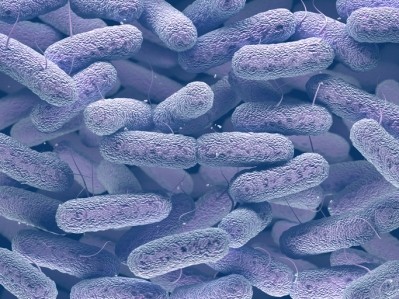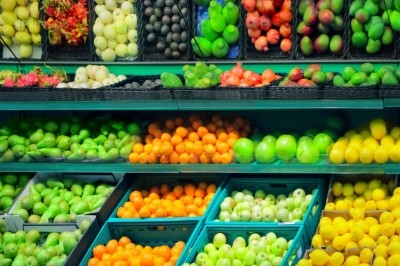Chlorine can make pathogens undetectable - study

Findings may help explain past outbreaks of Salmonella enterica and Listeria monocytogenes linked to produce.
Many bacteria enter a viable-but-nonculturable (VBNC) state in response to environmental stresses.
VBNC cells cannot be detected by standard laboratory culture techniques used by industry.
One study collaborator, Steve Rothwell, works for Vitacress Salads, a UK company with supermarket approval to sell fresh produce washed in spring water without chlorine. The company contributed funding to the research.
Chlorine and VBNC
Chlorine, a sanitizer commonly used for fresh produce, induces a VBNC state in the pathogens studied. Typically in the agricultural industry, 90 ppm chlorine is used to wash fresh produce and is assumed to sanitize the food and surrounding water.
While there is conflicting data on the pathogenicity of VBNC cells, there is evidence for resuscitation under more favourable conditions, potentially allowing pathogens to cause disease prior to or following ingestion by humans.
The study simulated spinach contaminated with L. monocytogenes and S. enterica serovar Thompson from farm and processing to ingestion.
VBNC induction of the pathogens by chlorine was assessed in situ on the spinach leaf phylloplane, comparing culture techniques to direct viable counts (with enumeration of culturable and VBNC cells).
Potential for infection by VBNC pathogens was determined using the animal model Caenorhabditis elegans.
Viable Listeria and Salmonella populations on spinach became VBNC after two minutes of exposure to 50 ppm and 100 ppm chlorine, respectively.
L. monocytogenes became VBNC when exposed to 12 ppm chlorine and S. Thompson to 3 ppm in chlorinated water.
Pathogens avoid detection
Bill Keevil, head of the microbiology group at the University of Southampton, UK, said after years of relying on chlorine to sanitize foods and drinking water the work may explain unrecognized or untraceable disease outbreaks relying on culture recovery.
“Chlorine induces the VBNC state in foodborne pathogens L. monocytogenes and S. enterica and chlorine was ineffective at killing total populations of these pathogens,” said the lead study author.
"These data show that viable but nonculturable foodborne pathogens can both be generated and avoid detection by industrial practices, while potentially retaining their ability to cause disease.
“The problem with fresh produce of course is that many people eat it fresh, so it misses the cooking step which would kill most pathogens, one reason why companies have relied on chlorine washing before sale.”
Molecular detection (PCR and qPCR) are also flawed if labs rely on a pre-enrichment step that involves chlorine to increase cell numbers and assay sensitivity.
Source: mBio 9:e00540-18
“Viable-but-Nonculturable Listeria monocytogenes and Salmonella enterica Serovar Thompson Induced by Chlorine Stress Remain Infectious”
Authors: Callum J. Highmore, Jennifer C. Warner, Steve D. Rothwell, Sandra A. Wilks, C. William Keevil
























